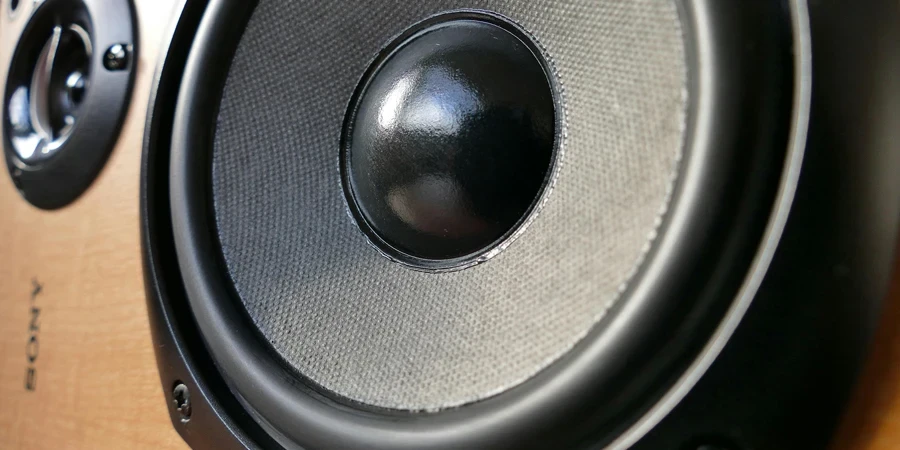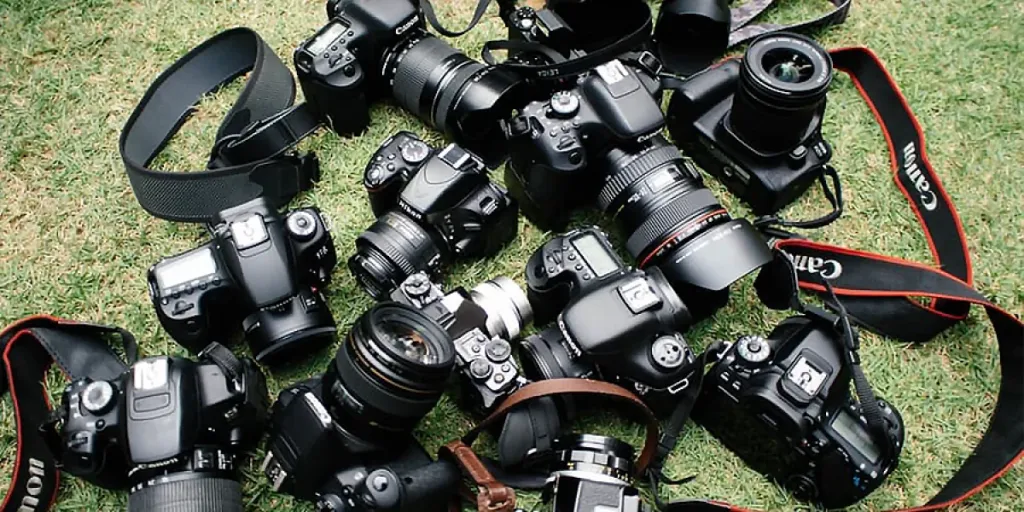Table of Contents
● Introduction
● Market overview
● Different types and their features
● Things to consider when selecting products
● Conclusion
Introduction
Speaker and horn technology advancements have revolutionized audio systems, offering significant benefits for diverse applications, from public address systems to high-fidelity audio setups. These innovations enable clearer, more powerful sound delivery over long distances, making them ideal for stadiums, conference rooms, theatres, and outdoor events. With the market for these technologies expected to grow significantly, understanding the dynamics, including market scale, growth trends, and key players, is crucial for businesses and professionals. The different types of speakers and horns, such as exponential, tractrix, and hyperbolic horns, each offer unique features and advantages, contributing to their efficiency and sound quality. Moreover, selecting the right products involves considering efficiency, power handling, directivity, dispersion, and frequency response to ensure optimal audio performance in specific environments. By delving into the market overview, exploring the various types and their features, and offering essential tips for product selection, this article aims to provide comprehensive insights that will aid in making informed decisions. Whether for live concerts, public address systems, or high-fidelity home audio, the right speaker and horn technology can make a substantial difference in sound quality and audience experience.
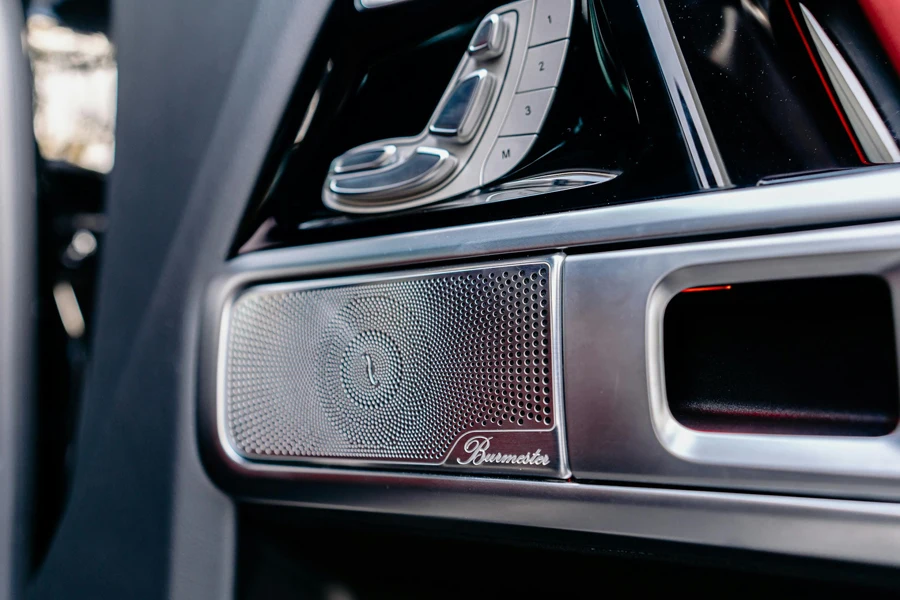
Market overview
The speaker and horn market is experiencing robust growth, driven by increasing demand across various applications such as indoor and outdoor events, public address systems, and high-fidelity audio setups. According to Verified Market Reports, the market is projected to grow at a remarkable CAGR of 7.5% from 2023 to 2030, reaching an estimated value of USD 1.8 billion by 2030. This expansion is fueled by technological advancements, rising consumer preferences for high-quality audio, and the growing use of these systems in commercial and entertainment venues. Key players, including Pro Acoustics, AtlasIED, Guangzhou Baolun Electronic Co., Ltd (ITC), and others, hold substantial market shares. These companies continue to innovate and expand their product offerings to maintain competitive advantages and capture regional market dominance.
Emerging trends influencing the market include the adoption of advanced materials for better sound quality and durability, and the integration of smart technologies for enhanced user experiences. According to Verified Market Reports, economic factors such as increased consumer spending on entertainment and technological devices are expected to push the market value by approximately 25% over the next five years. Social trends like the popularity of live events and outdoor activities are anticipated to boost demand by 15%. Political factors, including regulations on sound levels in public spaces and government investments in infrastructure, also play a role in shaping the market landscape. According to Verified Market Reports, these elements collectively contribute to the evolving market scenario, presenting lucrative opportunities for growth and investment.
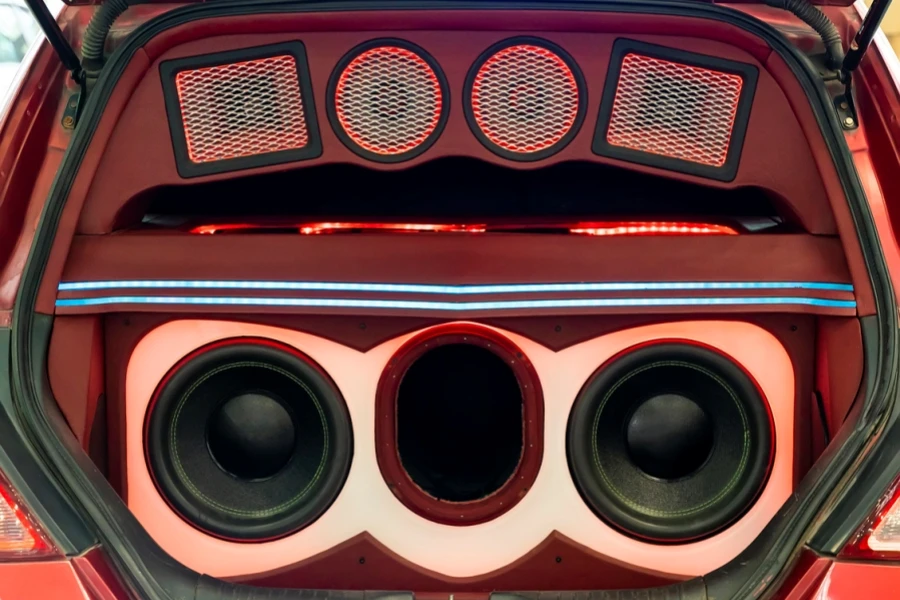
Different types and their features
Horn loudspeakers
Horn loudspeakers use acoustic horns to significantly enhance the efficiency of sound projection. The horn acts as an “acoustic transformer” by improving the coupling efficiency between the speaker driver and the air. This design results in greater acoustic output power from a given driver, making horn loudspeakers about 10 times more efficient than conventional cone speakers. According to Wikipedia, the narrow part of the horn, known as the “throat,” is where the compression driver is placed, and the large part, known as the “mouth,” determines the horn’s radiation pattern and coverage.
There are several types of horn loudspeakers, each with distinct features. Exponential horns are widely used due to their balanced output level across frequencies, but they tend to beam high frequencies narrowly. Tractrix horns, which have a flare rate derived from a tractrix curve, provide better low-frequency extension and a broader high-frequency coverage. Hyperbolic horns offer a mix of efficiency and directivity control. These horns are commonly used in public address systems, theaters, and high-fidelity audio setups due to their ability to deliver powerful and clear sound over long distances.
Professional-Grade horn speakers
Professional-grade horn speakers are designed with high-quality materials to ensure superior performance and durability. These materials often include composites, fiberglass, and treated wood, which provide stability and low resonance. The construction of these speakers is crucial for achieving high sound pressure levels (SPL) with minimal distortion. According to MakTechBlog, the materials used in the construction of these speakers contribute to their ability to deliver clear and impactful sound over long distances.
These speakers also incorporate advanced components such as bi-amping and active crossovers. Bi-amping involves using two amplifiers, one for the compression driver and one for the woofer, which allows for more precise control of different frequency ranges. Active crossovers split the audio signal into different frequency bands before amplification, ensuring that each driver operates within its optimal range. This setup enhances the overall sound quality and efficiency of the speaker system.
Acoustic testing and fine-tuning are essential processes in the development of professional-grade horn speakers. According to Pifferia Global, extensive acoustic testing is conducted in controlled environments to ensure that the speakers meet design specifications. Skilled audio engineers then fine-tune the speaker components to achieve the desired sound signature and performance. This meticulous approach ensures that the final product delivers exceptional audio quality and reliability in various applications, from live concerts and theaters to public address systems and outdoor events.
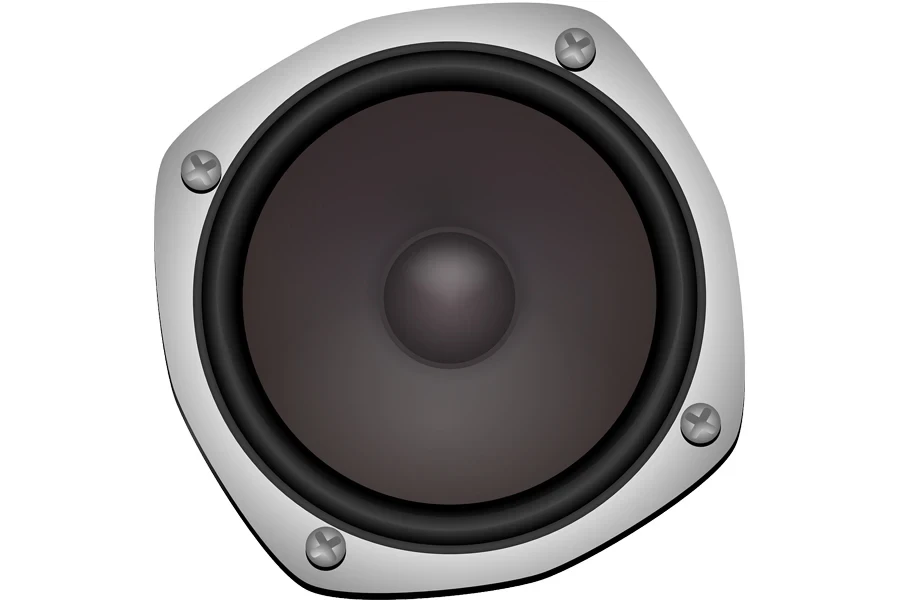
Things to consider when selecting products
Choosing the right speakers and horns is essential for achieving optimal audio performance in various applications. Whether you are setting up a public address system, enhancing a theater’s sound system, or planning an outdoor event, several factors must be considered to ensure the equipment meets your specific needs. Key considerations include efficiency, power handling, directivity, dispersion, frequency response, and application-specific requirements. Understanding these elements will help you select the best products to deliver clear, powerful, and high-quality sound in any setting.
Efficiency and power handling
When selecting speakers, efficiency and power handling are critical factors to consider. High-efficiency speakers, like horn loudspeakers, convert more electrical energy into acoustic energy, resulting in louder sound output with less power. This efficiency is particularly beneficial for large venues and outdoor events where sound needs to cover vast areas. According to Wikipedia, horn loudspeakers can produce approximately 10 times more sound power than conventional cone speakers from the same amplifier output. Ensuring that the speakers have appropriate power handling capacities is also essential to avoid distortion and damage. For example, professional-grade horn speakers are designed to handle high sound pressure levels (SPL) while maintaining clarity and performance.

Directivity and dispersion
Controlled directivity and sound dispersion are vital for maintaining audio quality in different environments. Directivity refers to how sound is projected from the speaker, while dispersion is how the sound spreads out. Proper control of these aspects ensures that the sound reaches the intended audience without unwanted reflections or dead zones. According to MakTechBlog, professional-grade horn speakers are designed with features like bi-amping and active crossovers, which help manage directivity and dispersion effectively. For instance, constant directivity horns maintain consistent coverage patterns across frequencies, making them ideal for public address systems and large venues.
Frequency response
Understanding the frequency response of speakers is crucial for achieving the desired sound quality. Frequency response refers to the range of audio frequencies that a speaker can reproduce accurately. Speakers with a wide and flat frequency response deliver more natural and balanced sound. According to Pifferia Global, horn speakers are known for their ability to reproduce both high and low frequencies effectively, making them suitable for applications that require clear and powerful sound. When selecting speakers, consider their low-frequency and high-frequency responses to ensure they meet your specific audio needs.
Application-specific considerations
Different applications require different speaker specifications. For live concerts, theaters, public address systems, and outdoor events, it is essential to choose speakers that match the specific demands of each environment. For live concerts and theaters, speakers with high SPL capabilities and broad frequency responses are necessary to deliver dynamic and immersive audio experiences. Public address systems require speakers with excellent directivity and dispersion control to ensure clear communication over large areas. For outdoor events, durability and weather resistance are also important considerations. According to Verified Market Reports, selecting the right speakers for each application can significantly enhance performance and audience satisfaction.
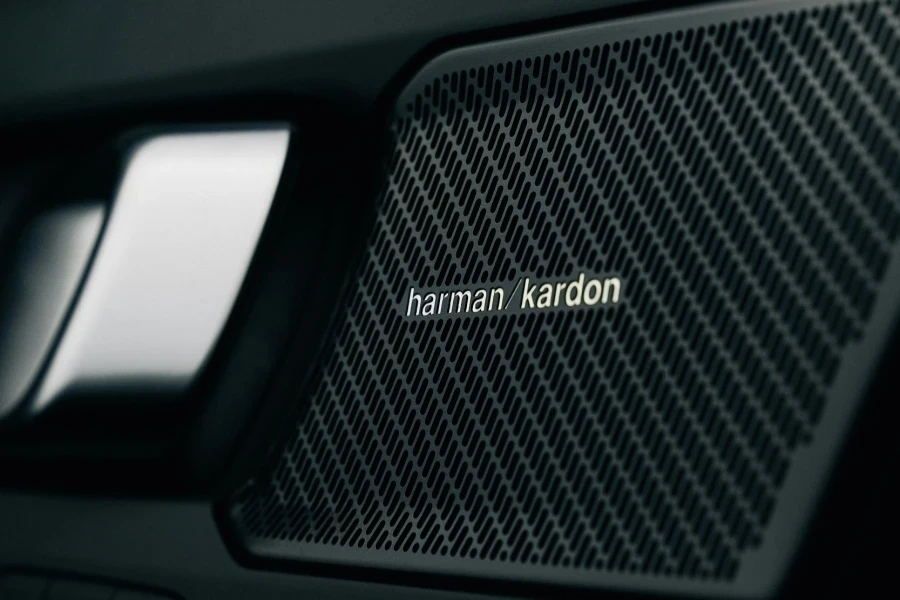
Conclusion
Selecting the right speakers and horns is crucial for achieving exceptional audio performance across various applications. Understanding market trends, such as the projected growth and technological advancements in the speaker and horn market, helps businesses stay ahead in selecting cutting-edge products. Evaluating key features like efficiency, which ensures louder sound output with less power, and power handling capacities to avoid distortion, is essential for optimal performance, particularly in large venues and outdoor settings. Additionally, considering directivity and sound dispersion is vital for maintaining high audio quality in different environments. Controlled directivity ensures sound reaches the intended audience without unwanted reflections, while proper dispersion avoids dead zones. Understanding frequency response is also crucial; selecting speakers that accurately reproduce a wide range of frequencies ensures natural and balanced sound. Application-specific needs must also be considered. For live concerts and theaters, high SPL capabilities and broad frequency responses are necessary for dynamic audio experiences. Public address systems require speakers with excellent directivity and dispersion control, and outdoor events demand durable, weather-resistant equipment. By thoroughly evaluating these factors, businesses and professionals can ensure they choose the best speakers and horns, leading to superior sound performance and enhanced audience satisfaction.
